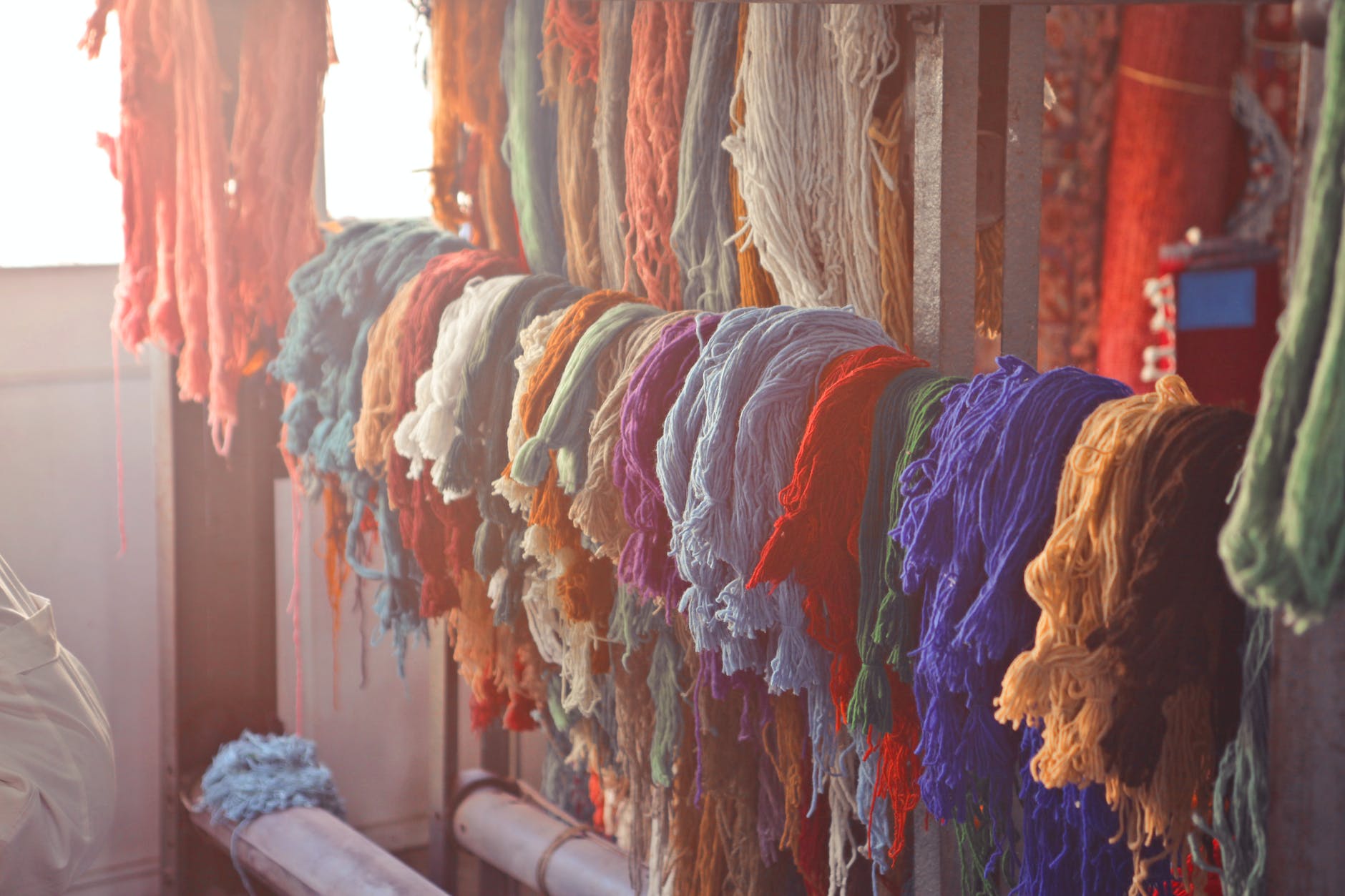Rug Weaving Through History: Unraveling Stories in Textile Art
Rugs tell human stories. Interlaced into their threads, knots, patterns and textures are narratives of culture, tradition, migration, trade, and craftsmanship. Rug weaving connects deeply to humanity with artifacts dating over 2,500 years. Across eras and civilizations, these woven floors have served functional needs while also conveying symbolic meaning, identity, and aesthetic ideals. By surveying rug weaving’s timeline and diverse techniques, we can appreciate how rugs chronicle our collective history. This article unravels the captivating stories woven into these textile arts.
Ancient Origins
The earliest evidence of rug weaving dates back centuries and scattered across the globe:
Prehistoric Textiles
Impressions of woven mats and baskets in clay provide clues to Neolithic weaving over 10,000 years ago. Portable looms facilitated nomadic lifestyles.
Early Chinese Rugs
Remnants of hand knots and woven rugs from 500 BCE China feature geometric shapes evoking metaphysical and spiritual symbolism. Sophisticated tools aided creation.
Egyptian Rug Fragments
Fragmented rug pieces excavated from ancient Egyptian tombs and sites reveal intricate weft-faced weaving with vibrant dyes as early as 1000 BCE. Tight weaves showed status.
Pazyryk Rug
An extraordinarily well preserved hand knotted wool Pazyryk rug uncovered in Siberia dates back to 400 BCE. It features stylized animals and geometric motifs.
Ancient Greek Rugs
Writings and art from Ancient Greek and Roman cultures depict vibrant patterned rugs as prized luxuries and status symbols displayed in palaces and nobility homes.
Regional Rug Weaving Traditions Emerge
Between 600-1000 CE distinctive rug weaving styles rooted in local cultures flourished:
Persian Rugs
The splendid Persian rug tradition used hand knotting with lavish materials and designs. Intricate medallion patterns prevail on these investment heirlooms.
Scandinavian Rya Rugs
In colder Nordic climes, rya rugs were prized for insulating floors. Sturdy wool pile shags were woven on vertical looms then cut.
Kilims – Flatwoven Rugs
Prominent in the Balkans, and Central Asia, kilims are densely woven tapestries with elaborate tribal motifs but no pile. These reversible rugs displayed heritage.
Navajo Blanket Rugs
Native Navajo artisans wove beautiful geometric blanket rugs on vertical looms using wool dyed with native vegetals like sagebrush and bee plant.
Rugs for the Common Era 1000-1900s
Rug weaving advanced alongside other innovations:
Mamluk Rugs
Mamluk rugs woven in Egypt and Syria during the 13th-16th century featured vibrant red dyes and repetitive octagonal star medallion motifs with stacked rectangles.
Renaissance Europe
During the 14th-17th century, hand knotted imports gained favor among European nobility as prized luxuries. Weavers interpreted eastern motifs.
Colonial American Rugs
Settlers in 18th-19th century America wove sturdy rag rugs of homespun wool and recycled fabric scraps to provide warmth and decorate rustic homes.
Industrial Revolution
Newly invented synthetic dyes and mechanized looms enabled more efficient rug production by the mid-1800s as lifestyles modernized.
Bessarabian Rugs
Romanian Bessarabian refugee weavers brought their distinctive freestyle colorfully dyed floral hooked rug craft to America by the 1900s seeking better lives.
Rugs Today – 1900s Onward
Rugs remain integral decor today thanks to both heritage techniques and technology-aided innovation:
Art Deco Rugs
Sleek graphic florals, geometrics, and abstract patterns woven in muted pastels or bold contrasts reflect the aesthetics of the 1920s-1940s Art Deco movement.
Mid-Century Rugs
The Mid-Century Modern look brought Scandinavian minimalism, abstract expressionism, global influences, and experiments with synthetic fibers into rug design from the 1930s to 1960s.
Contemporary Innovations
New materials like acrylic and polypropylene emerge. Artistic carved, shag and tufted rugs gain popularity by the 1970s onward. Customization abounds.
Computerized Production
Digital design software and computer-controlled industrial looms enable faster precise construction with consistency. Sophisticated capabilities become more accessible.
Sustainability Focus
Eco awareness inspires renewed interest in natural dyes, handcrafting, recycled fabrics, and ethical production practices. Tradition and innovation merge.
The Enduring Art of Rug Weaving
This historical arc highlights rug weaving’s deep connections to humanity and evolution alongside technological advancements. Yet traditions persist thanks to dedicated artisans upholding ancestral techniques worldwide. Rugs woven decades or centuries ago remain treasured for their cultural stories, artistry, and enduring utilitarian function. These woven artifacts chronicle our past while their creation continues enriching our lives and societies today. Rug weaving, now like then, makes life more beautiful, comfortable, and meaningful.
